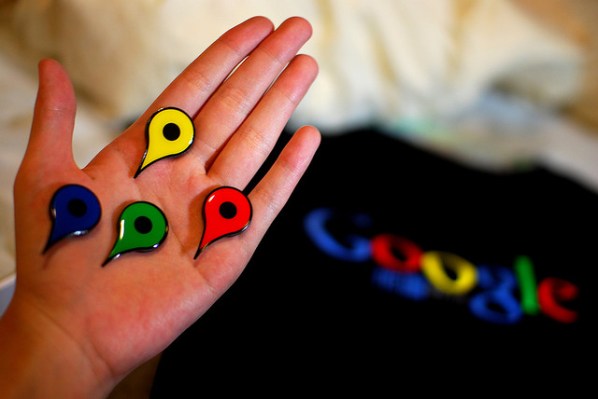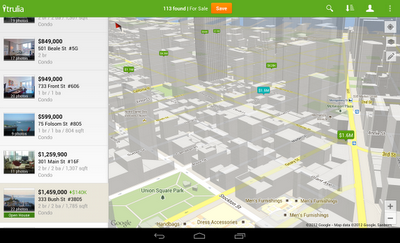Geolocation is very important for consumers these days. It’s a technology that can be used in almost any application you can think of. Whether you want to shop, do volunteer work, or meet new people, having a great Maps integration is key for Android developers.
Today, Google launched an update to its Maps API so that developers can better integrate them into the applications that they’re working on or might come up with in the future. The API includes vector-based maps that load faster and will let app users navigate in both 2D and 3D views, with tilt and rotate capabilities using simple gestures.
Here’s what the company had to say about it:
With the new version of the Google Maps Android API, developers can utilize Google Maps to its fullest. We’ve incorporated many of the highly-requested features developers want, such as:
– More dynamic and flexible UI designs for large screen Android devices, such as tablets, using Android Fragments
– Adding more Google Maps layers in their apps including satellite, hybrid, terrain, traffic and now indoor maps for many major airports and shopping centers
– The ability to create markers and info windows with less code
Some of our favorite apps already use Google Maps, such as Trulia, Expedia Hotels and FlightTrack. Soon, when you upgrade to the latest version of these apps, you’ll experience the new API and maps as rich as those in Google Maps for Android.
The updated Trulia app lets users find places to rent in 3D, which is pretty cool and helps you make decisions faster without being onsite. The company says that over 800K sites are currently using the Google Maps API to build rich applications for their audiences.
Here’s a Developer’s “Garage” video about what went into this version of the Google Maps API:
Google has been doing this maps thing for quite a while, and I recently sat down with the team to find out exactly what goes on behind the scenes. It’s quite impressive.
[Photo credit: Flickr]

